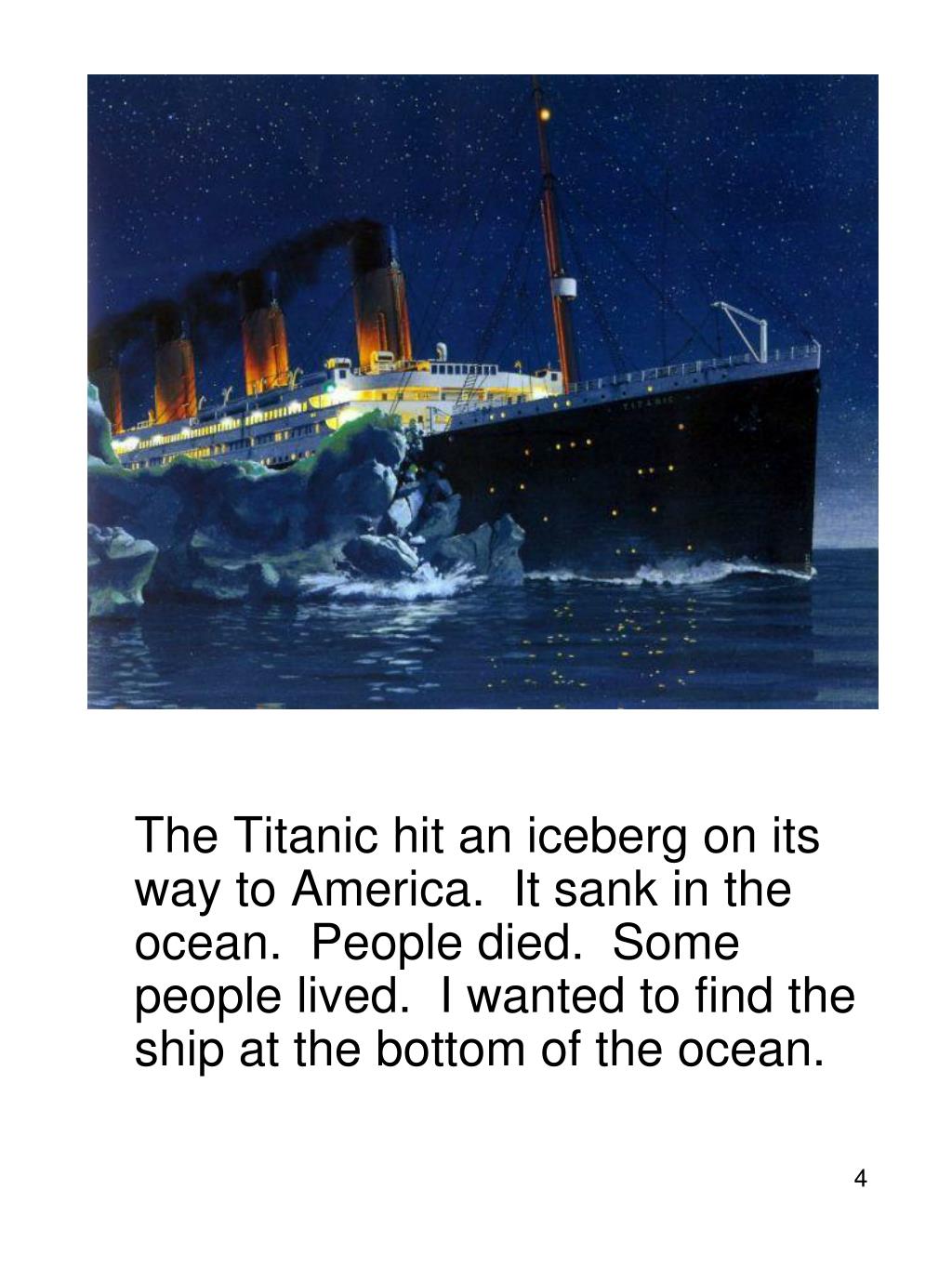

Otherwise, it would probably be more convenient to simply rent a streaming version of the movie Titanic, even if you have to endure the schmoopy star-crossed romance of Jack and Rose coming to terms with a waterlogged fate.Our Extensive Exhibit Covering the White Star liner Titanic, the largest ship ever built. However, oceanographers reveal that there's no evidence of human remains after several hundred dives since oceanic conditions and hungry bed-dwelling sea life have left behind no trace of their existence.īefore Titanic finally disappears, one option is to check out the wreckage for yourself via an ocean survey expedition company called Oceangate if you have $100,000 to burn. Then others argue that the Titanic should be treated like a gravesite and that the 1,500 souls should remain undisturbed. Naysayers argue that the Las Vegas exhibit is proof that any further reclamation attempts are little more than cash grabs.

Preservationists argue that the gradual decomposition of the vessel makes it more vital to retain objects associated with a famous and tragic chapter of human history. With salvage out of the question, other concerns have been raised about what to do with parts of the vessel that can still be recovered. In 2016, scientists discovered an organism called extremophile bacteria that's been more aggressive in destroying what's left of Titanic, leading some to conclude that the entire ship will be dissolved by 2030. Passageways once accessible to robotic mini-subs have since broken down, and cabin compartments have all but deteriorated over time. The ship's interior is just as bad, with decks collapsing on every ship level. Microbes responsible for the rusty stalactite growths on much of the hull and particularly visible on the deck railings have also eaten away at the ship, further weakening the structure. Saltwater acidity has been dissolving the vessel, compromising its integrity to the point where much of it would crumble if tampered with. Oceanographers have pointed out that the hostile sea environment has wreaked havoc on the ship's remains after more than a century beneath the surface. So far, salvaging expeditions haven't been able to bring back anything bigger than the hull slab that is part of a major Titanic exhibit at the Luxor Hotel and Casino in Las Vegas. The recovery team also brought back some 5,000 artifacts, including jewelry, toys, dishes, and pieces of equipment used on the ship. on board the salvage vessel Abeille managed to raise a 20-ton, 300 square-foot section of the starboard hull that allegedly broke away from the ship on impact 86 years earlier. The most successful operation took place in 1998 when a company called the RMS Titanic Inc. This is because extreme pressure could lead to the ship disintegrating. However, the problem was that the balloons had to be inflated at the correct speed and raised to the surface at the right speed. Many people proposed to inflate large balloons beneath the Titanic, which would help raise it to the top. Others were ridiculous, like filling Titanic with ping-pong balls, attaching helium-filled balloons to the hull, and freezing the ship like an ice cube until the wreck would float. Many ranged from seemingly feasible to using cranes mounted on salvage vessels.

Still, news of the ship's condition didn't stop adventurous minds from coming up with ways to bring it back to civilization. The discovery that the Titanic was in pieces made an intact recovery impossible.

A heavily damaged part of the hull on the starboard side of the bow provided evidence that the collision with an iceberg was quite severe. Subsequent undersea ventures discovered that not only was Titanic in a heavy state of decomposition it also had split into two pieces. People wondering if the Titanic was ever found can be assured that Robert Ballard discovered it after only two weeks of searching at a depth of 12,500 meters beneath the water. He asked the US Navy to allow him to try to locate the Titanic with the new technology. In September 1985, Robert Ballard wanted to experiment with robotic submarines, a new type of technology that would be used for searching for sunken battleships and submarines. That's when a team of scientists led by oceanographer Robert Ballard was able to locate the shipwreck some 13,000 feet below the surface of the Atlantic, about 370 miles southeast of Newfoundland. The wreckage on the ocean bed lay undetected for decades until 1985.


 0 kommentar(er)
0 kommentar(er)
